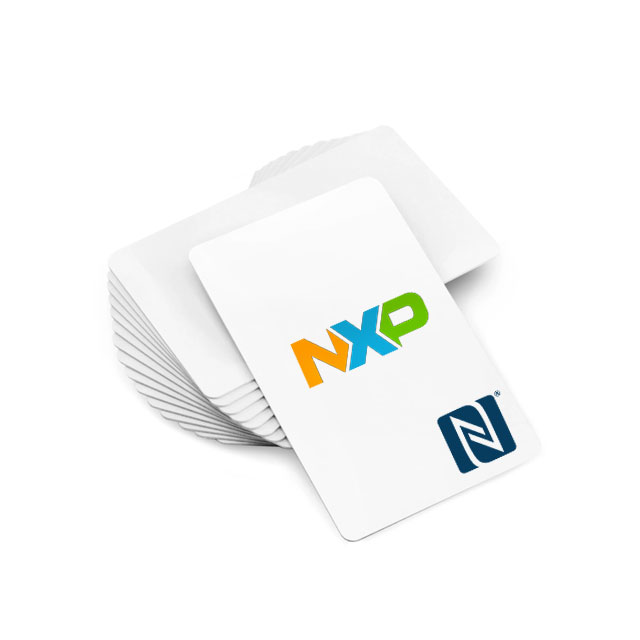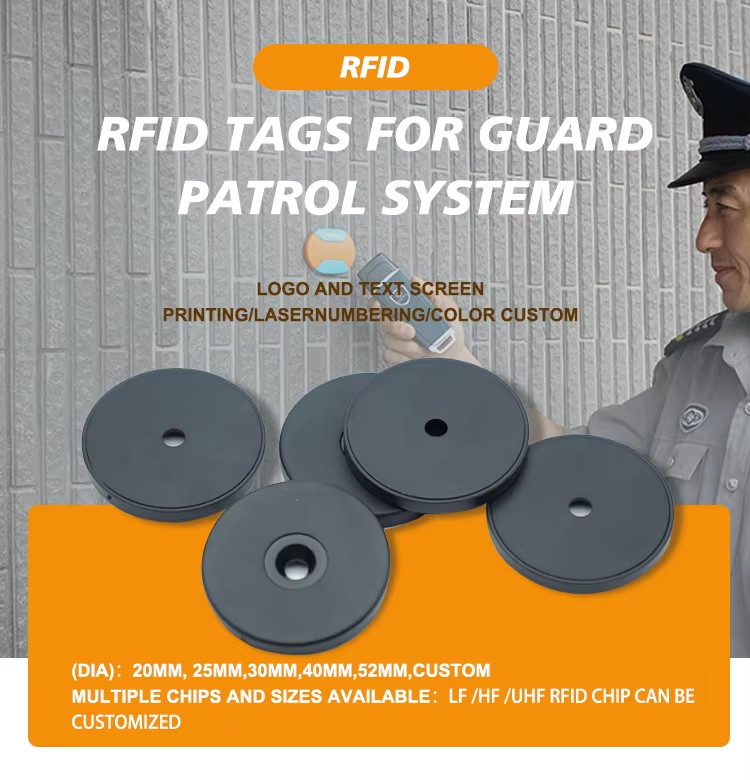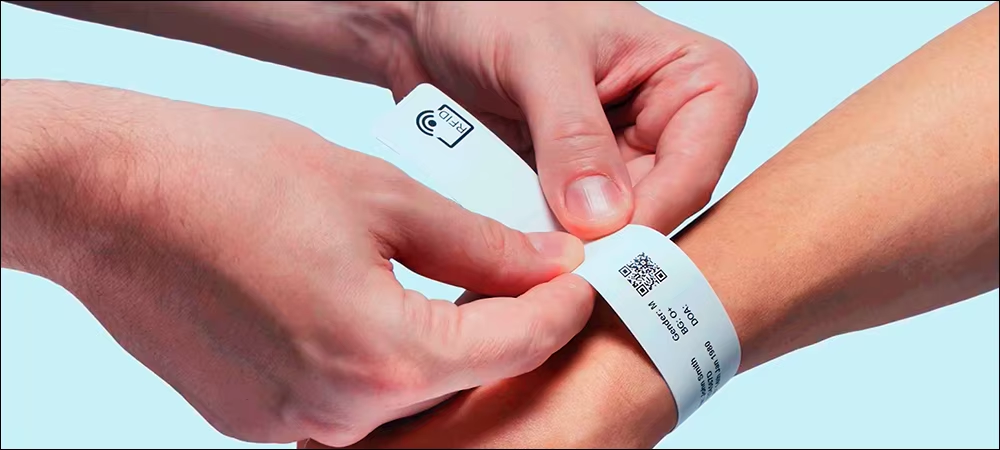
How Do NTAG215 NFC Cards Work?
NTAG215 NFC cards enable secure, contactless communication for payments, access control, and more, using passive technology without a battery.
In daily attendance, we often just “swipe” to pass, but do you know what secrets are hidden in that small RFID Label (radio frequency electronic tag)? Today, let’s “dissect” these magical little guys with everyone.
RFID Label, also known as contactless electronic tag, is essentially a “small package” that encapsulates a chip and an antenna together. It can be captured by a reader within a certain distance (ranging from a few centimeters to a few meters). Depending on the appearance and purpose, the packaging form can be a card, paper sticker, glass tube, linear or circular label, etc., which is very flexible.
Generally speaking, the chips in electronic tags are divided into two categories:
Features: There is no independent processor, and a secure logic unit is used to manage data access.
Application: Read-only or erasable memory (EEPROM, ROM) is sufficient to meet simple data recording needs. It is cheap and easy to use. It is very suitable for attendance cards, access cards, membership cards, etc.
Common chips: AT24C16, AT24C64…
Features: Contains central processing unit (CPU), RAM, EEPROM, and on-chip operating system (COS), capable of executing encryption algorithms and file management.
Application: Occasions with high security requirements, such as financial cards, military cards, etc., where passwords will not be transmitted in plain text during communication.
Take a common round attendance NFC tag as an example (diameter 30 mm), we can understand its “height and weight” like this:
| Parameter Item | Specifications |
|---|---|
| Chip | NTAG213 (13.56 MHz) |
| Maximum reading distance | 30–50 mm |
| Antenna material | Aluminum, high sensitivity |
| Packaging form | Dry Inlay or white film label |
| Paste method | Comes with universal adhesive, easy to install and remove on the wall/access control |
| Working temperature | -35 ℃ ~ +50 ℃ |
For example, when you swipe your card for attendance in the morning, the reader sends a 13.56 MHz wireless signal. After the NTAG213 chip in the tag receives the signal, it returns the data to the reader through the antenna (aluminum material). It can work steadily even in low-temperature cold storage or high-temperature factory (-35 ℃ to +50 ℃).
In addition to basic attendance, many RFID Labels also have:
Waterproof/weatherproof: no need to worry about soaking in outdoor or hand-washing environment;
Laser engraving / UV ink printing / serial number / embossing / thermal printing: can customize unique logo;
Global universal frequency band: 860–960 MHz (UHF) or 125 kHz / 13.56 MHz (HF / low frequency) optional;
Multiple packaging methods: roll packaging (automatic labeling in large quantities) or single piece packaging (manual labeling).
After reading this article, the next time you swipe the RFID Label, it will not be as simple as “swiping”: its small body contains chips, antennas, storage, encryption, security logic… With the right packaging and materials, accurate and fast attendance recognition can be completed. I hope you can learn more about the attendance labels around you, and you are also welcome to leave a message in the comment area to share the various “magical” RFID Label applications you have encountered!
Newest trends and common knowledge in RFID laundry tags.

NTAG215 NFC cards enable secure, contactless communication for payments, access control, and more, using passive technology without a battery.

Upgrade to RFID patrol tags: Real-time tracking, tamper-proof logs & cost savings. Ditch paper, boost security!

Learn how to choose the right medical wristbands by focusing on technical adaptation, patient needs, and product quality to ensure medical safety.

As one of the top RFID Tag manufacturers in China, we specialize in high-quality RFID Tag and other RFID products designed to meet the diverse needs of various industries.
@ 2024 RFID Laundry Tag. All right reserved.
Didn’t find what you want? Ask our manager for help!